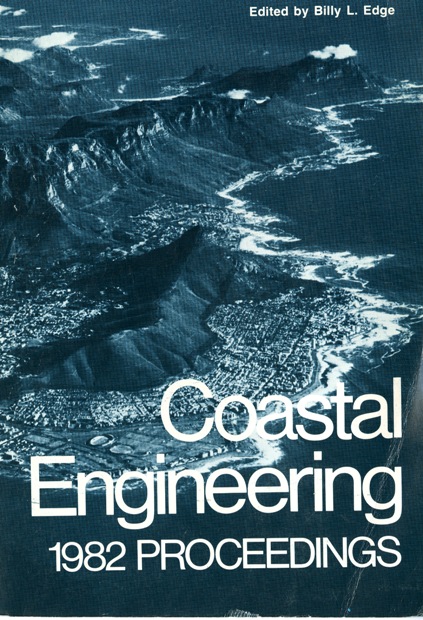Abstract
The Israel Mediterranean shore forms a gentle curve from an almost easterly direction in north Sinai to an almost northerly direction in Israel. This shore forms the southeastern corner of the Levantine Basin which itself forms the extreme eastern part of the Mediterranean Sea. The length of the Israel shoreline from Rosh Haniqra near the Lebanese border to northern Sinai in the south is about 230 km, while the Sinai coast from Rafah to Port Said (Fig.1), is almost 200 km long. The coastline region consists largely of Quaternary carbonate cemented quartz sandstone, known by local name "kurkar". Recent faulting is responsible for the shape and, to a certain extent, for the morphology of large parts of the central coastline, which is characterized by kurkar cliffs (Neev et. al_. , 1973 it 1978).Wide sandy beaches are found in the southern parts, while an abraded rocky platforms occur mainly in the central and northern parts, where the beaches are narrow having kurkar cliffs at their backshor.e side. Four different morphological sections can be found in the Israel Mediterranean shore, (Nir, 1982). These differ in their beach and inland morphology on one hand, and in their sedimentological properties on the other. The four different sections from north to south are: 1) Rosh Haniqra to Akko. A sedimentological1y isolated region, bounded on both the south and north. Beach sediments are mostly of local calcareous material of marine origin. Akko promontory is the most northern limit of Nile derived sands and plays as the recent edge of the Nile sedimentary cell (Nir, 1980). 2) Haifa Bay. Wide sandy beaches, bounded on the north by the Akko promontory, and by the Carmel "nose" on the south. 3) Mount Carmel coastal plain, is sedimentologically somewhat isolated region with relatively narrow beaches and small kurkar cliffs. Sediments consist of both local and imported components. 4) The kurkar cliffs and sandy beaches from Caesarea to Rafah. Beaches of differing width having quite uniform petrographic components, mostly quartz grains originating from the Nile river and transported along the Sinai beaches to the Israeli beaches. Some of the present beach components are derivated from the abraded kurkar cliff.
Authors retain copyright and grant the Proceedings right of first publication with the work simultaneously licensed under a Creative Commons Attribution License that allows others to share the work with an acknowledgement of the work's authorship and initial publication in this Proceedings.

